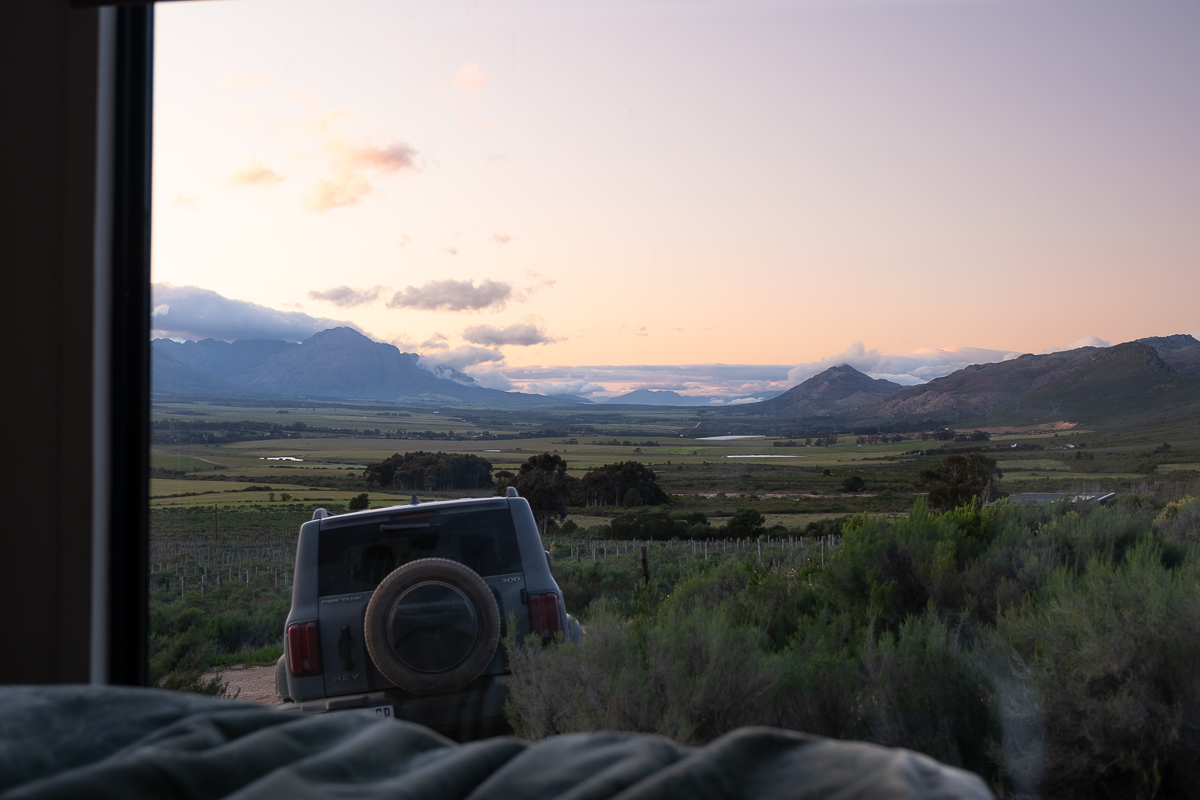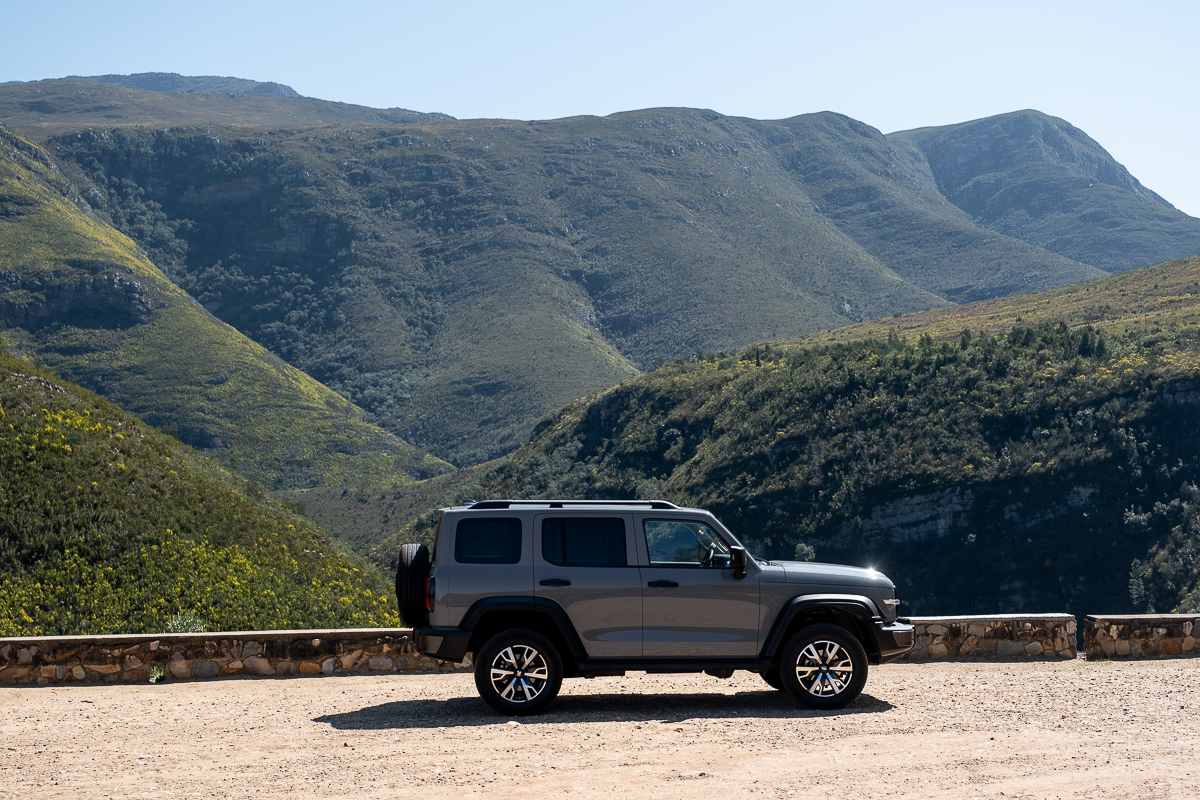
I spend a lot of time on motorcycles and often disappear for a weekend with a friend or two. However, at least once a year, my wife and I try to do a week-long road trip in the car. For me, a good road trip requires good company, good music and a healthy dose of unhealthy snacks. Directions are useful, although not required. We have done completely unplanned trips in the past, where we didn’t have a destination in mind, only a vague direction. We made it up as we went.
This year though, we had to build more structure into our trip, as we wanted to hit two bucket list items. One was to see whales near Hermanus, and the other was to visit a very special hotel in the Tankwa, called Kagga Kamma. In order to save time, we opted to fly down to Cape Town and collect a car there. I specified that we would be heading onto some back roads, and ground clearance was very important. We arranged a GMW Tank 300, and I was suitably impressed when we took delivery at the airport.
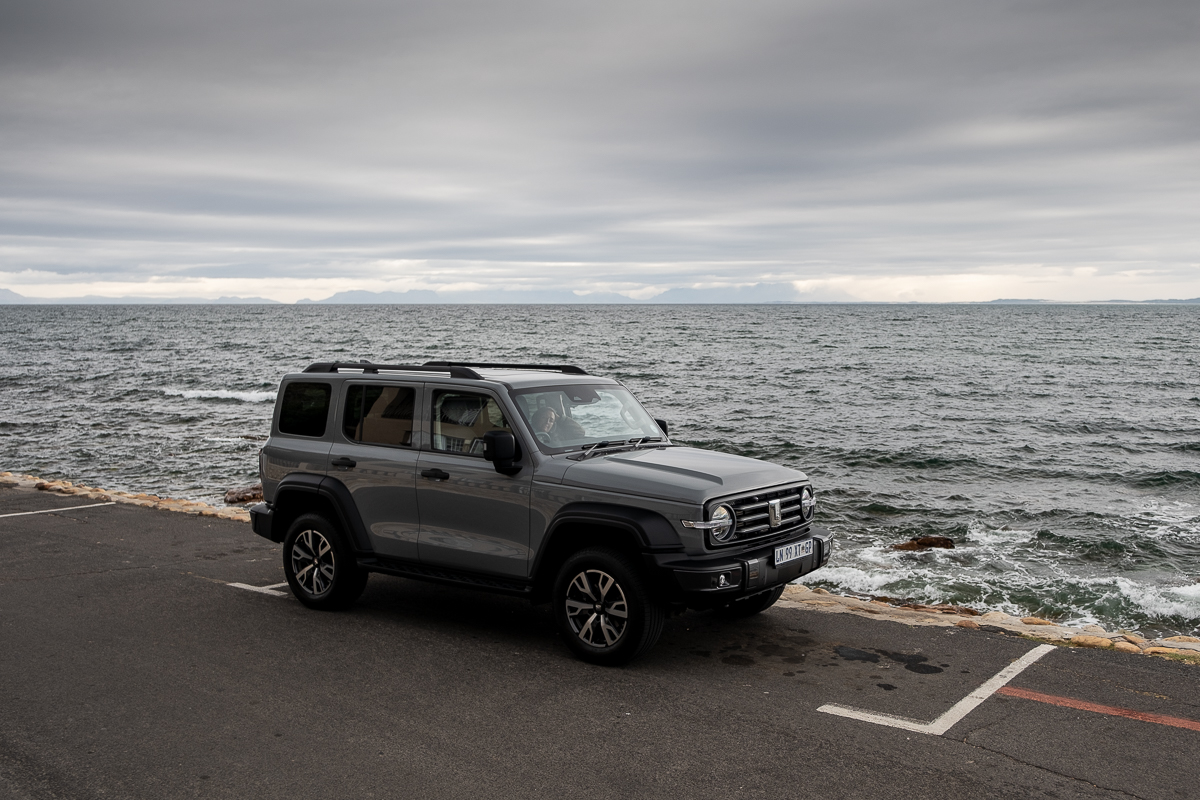
The Tank 300 has low range and a ladder frame chassis which suggests that it is serious about its off-road prowess. On the inside, there are numerous buttons dedicated to tackling off-road situations. To be honest, I review motorcycles, so things that fascinate me on this car might be old news for seasoned motoring journalists, so I apologize in advance if I wax lyrical about something that is the norm in the industry.
Getting into the Tank was a mission in itself. It does have a step to help you get in and out, but I still found it difficult to execute without brushing my leg against a dirty part of the car. Once inside, the quality really struck me. People have preconceived ideas about Chinese products, but the Tank certainly banishes all those ideas. The seats are beautifully crafted and finished with elegant white stitching. Everything feels solid to the touch and the Tank is a very pleasant place to be. An interesting thing I noticed was a USB socket behind the rearview mirror, which will make connecting a dashcam super easy. The particular model we were in is the Hybrid version which means it has some electric assistance at low speeds, and the engine kicks in later when more power is required.
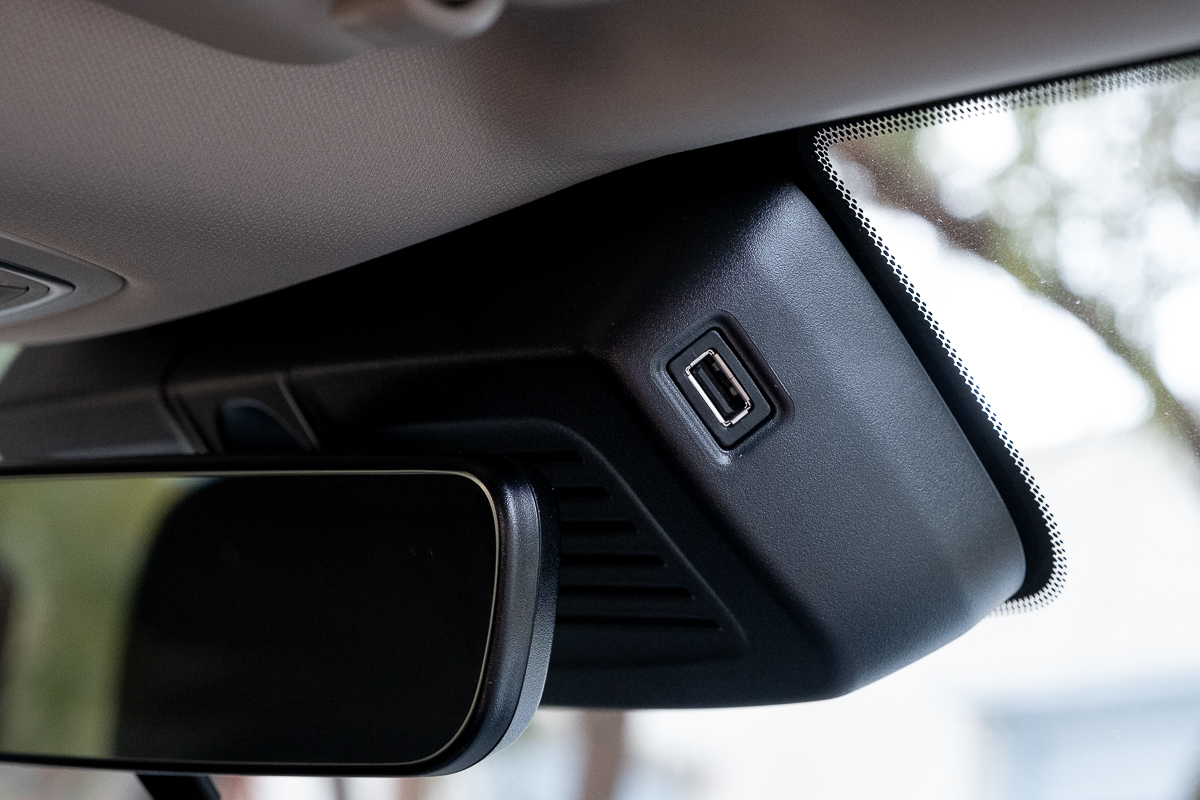
With our luggage loaded I switched the car on, and the Tank decided to play me an introductory song. Then it made a laser sound when I engaged drive. Why GWM? Just why? Even though the Tank has numerous bings and bongs to warn you about every conceivable threat to your personal space, I understand that GWM is not the worst offender in this department. Fortunately, setting up Android Auto merely required me to plug in my phone once via the USB cable, and from there, it was connected.
As we set off, we headed down to the Rooiels Road to make our way to Gansbaai. There are several sections that are under construction, which made our progress painfully slow. After our check-in, we went to a local restaurant for dinner and turned in early, as we had booked a whale-watching tour for the next morning. We checked in the next morning with Marine Dynamics Tours and as we were herded onto our vessel, I knew that my proneness to seasickness was going to rear its ugly head. The swells were high, and even though we saw some whales, sharks and seals, the breakfast of three days ago almost made a cameo appearance.
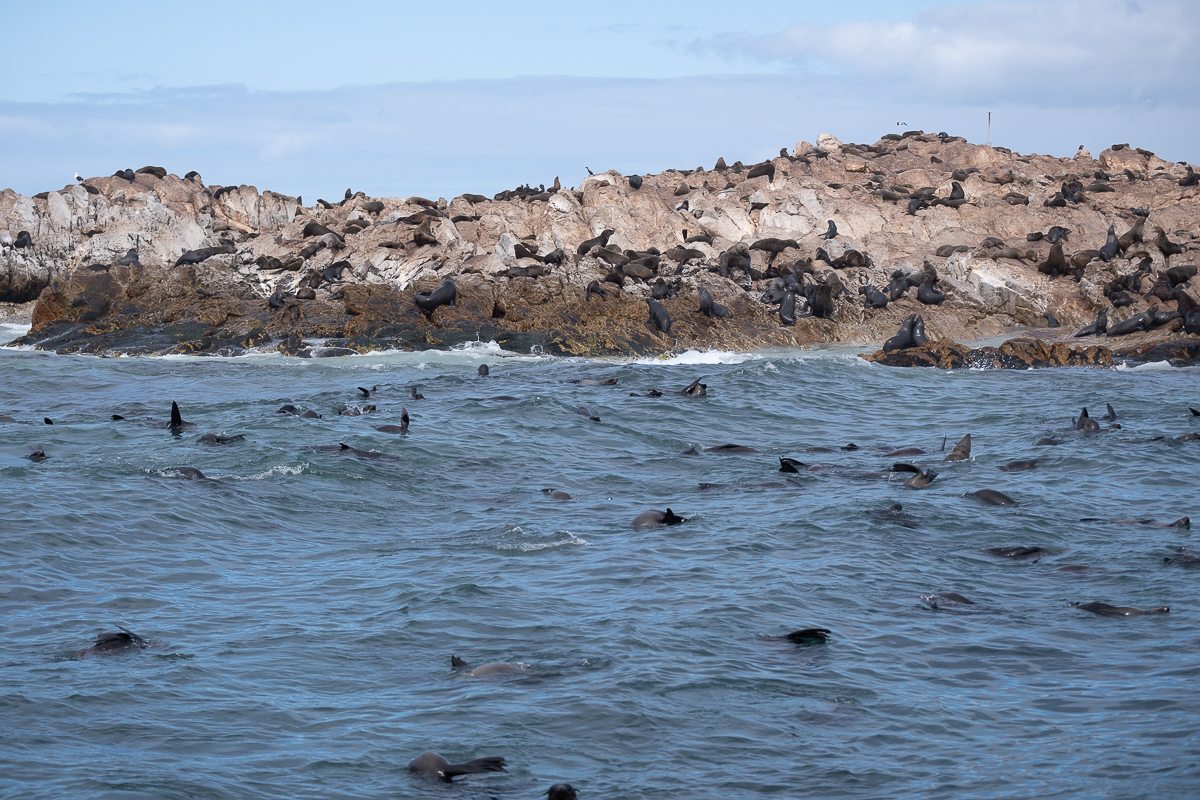
Near Dyer Island, we got to see the conservation efforts of the African penguin. Their numbers are dwindling because of overfishing and the presence of seals. The seal population has also exploded because the Great White sharks no longer frequent these waters. They, in turn, have apparently been chased away by Orcas. Nature can be cruel sometimes, but we can only stand by and witness. Ours is not the place to interfere. Back on land, we took a quick drive to Hermanus for lunch. Here, I stopped in front of a beautifully restored Jaguar E-type. The contrast between the box-shaped Tank and the elegant, sweeping curves of the Jag was quite a sight.
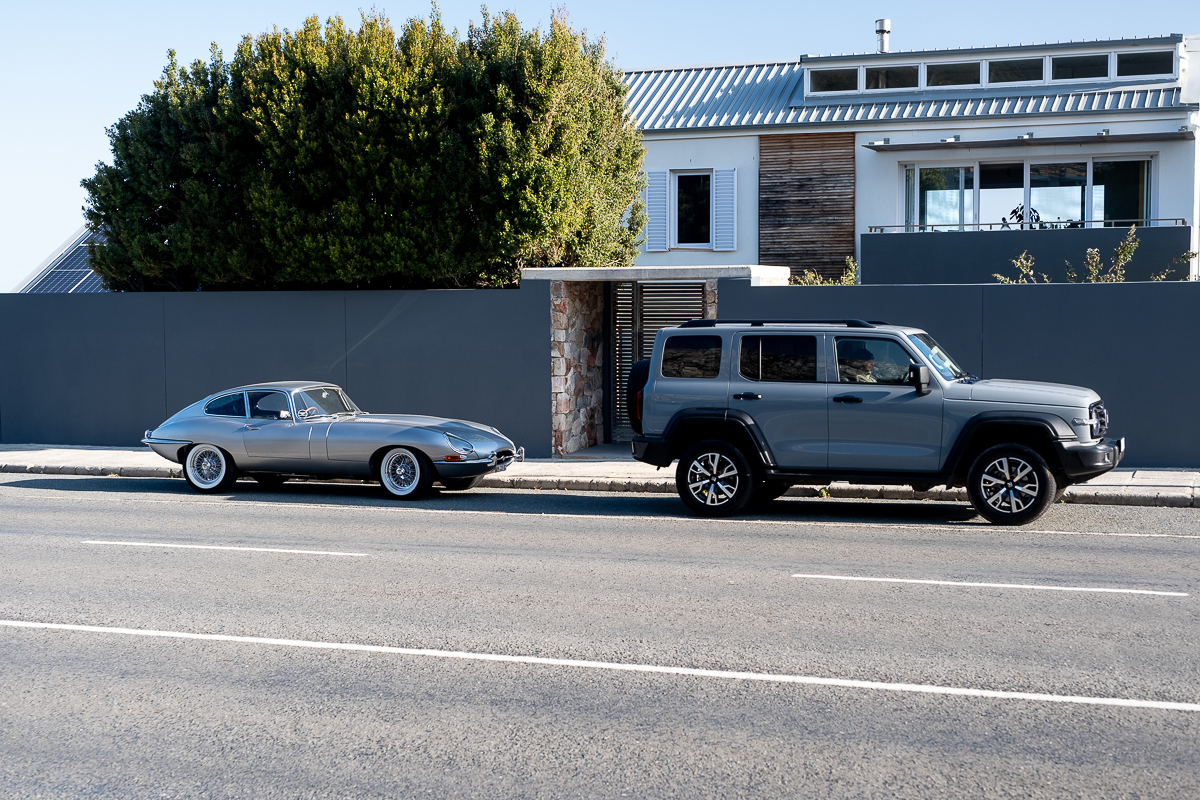
The next morning we started to head inland. We crossed the beautiful Tradouw pass to Barrydale. Diesel and Crème is probably the best-known place to stop for a milkshake. When they bring you a spoon to consume your milkshake, you know it is a thick shake. From there we headed to Ladismith to stock up on some supplies. We had booked self-catering accommodation near Van Wyksdorp, and here was my first experience of the Tank on a gravel road. The Tank took everything in its stride, and even though we kicked up a cloud of dust behind us, I am happy to report that the Tank showed no signs of dust ingress anywhere.
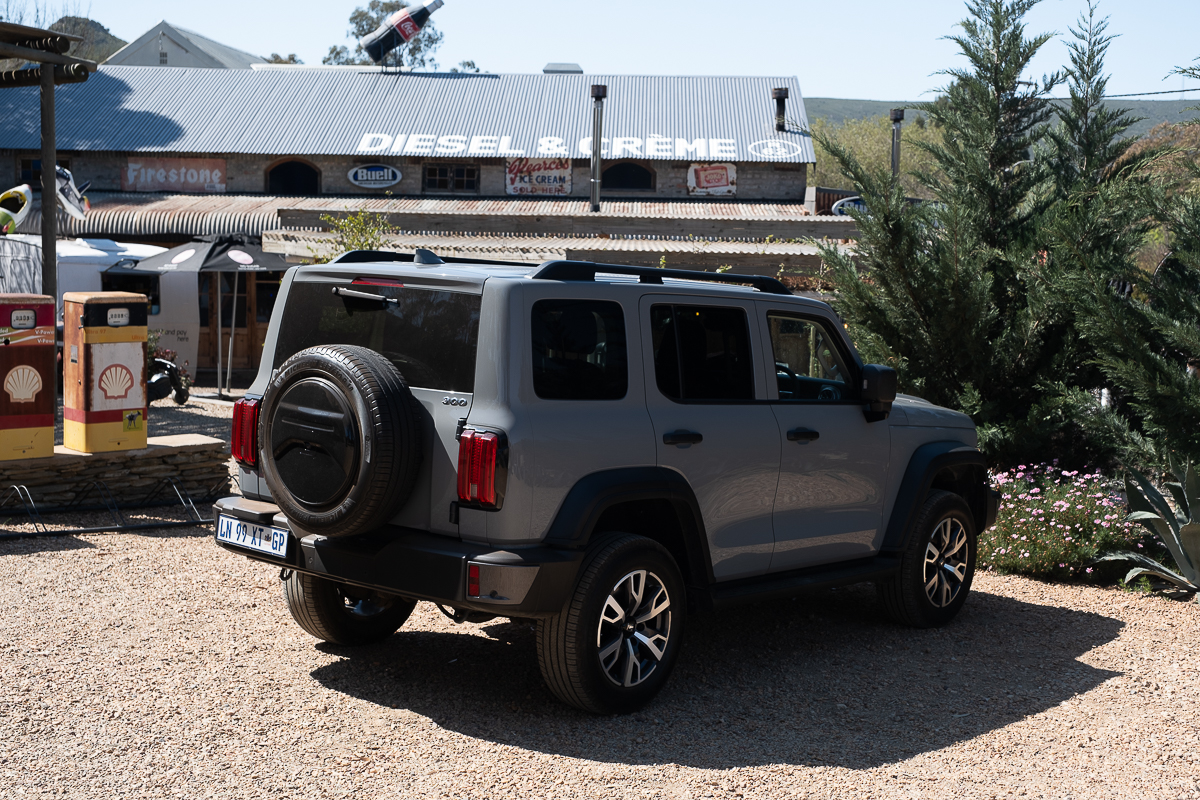
Our stay for the night was at Watermill Farm, and the history of this place is quite remarkable. When this farm was bought, it had the ruins of five buildings on it. These buildings were made of traditional mud bricks, and restoring these is quite simple, provided you use all the traditional methods. Mixing the old with new construction methods simply causes more problems. The owners of the farm used a mix of soil, straw and clay to repair the walls, and all the materials used to restore these buildings were readily available on the farm. Of course, the inside got a touch of modern amenities like running water and a functional kitchen, but the outside was not dissimilar to when these houses were originally inhabited. Some minor alterations were made to the original windows to let in more light. That evening we sat in front of a log fire and just imagined what life must have been like here.
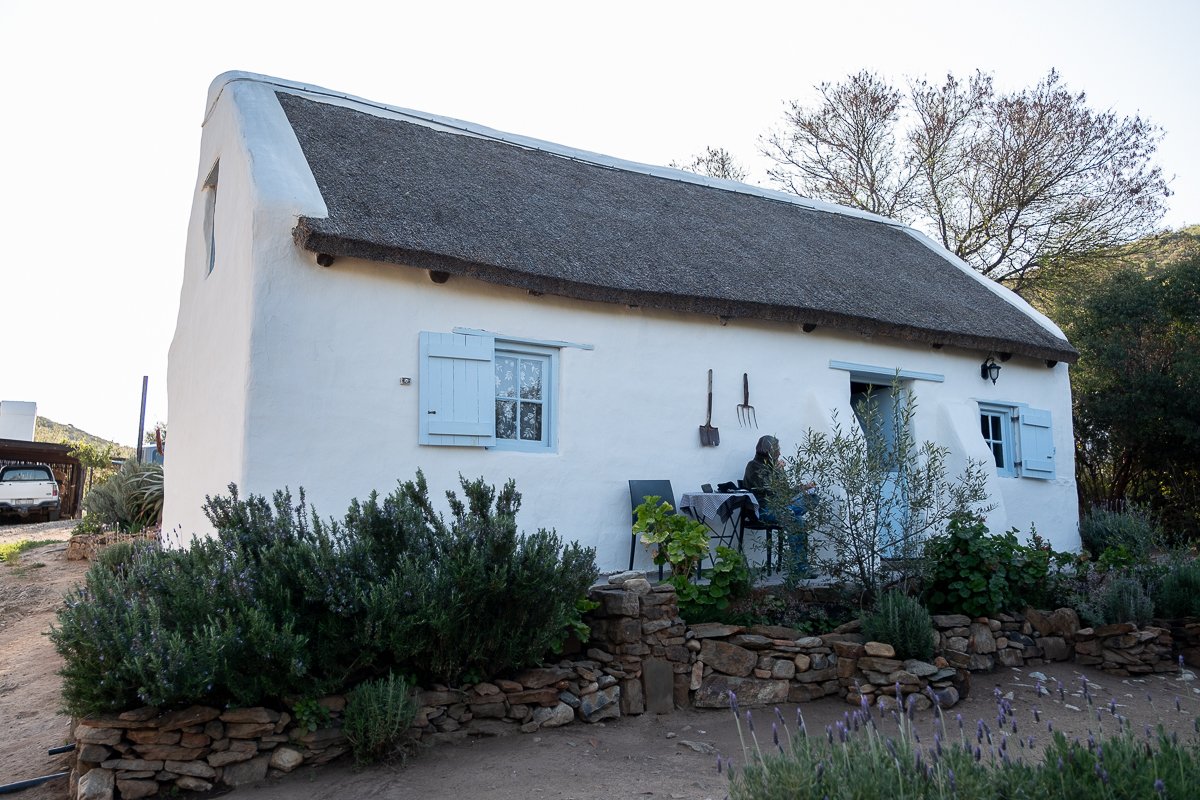
The next morning, roosters announced the day, not realizing that they were sealing their fate. You see, as the little chicks grow up, the hens are spared to lay eggs, but the roosters all get the same name, namely “Delicious!” As we left early, I appreciated the silent Hybrid system as we tip-toed out of the farm gate. We briefly stopped at the Van Wyksdorp Mall. This shop is a one-stop shop for everything you might ever need, be it pipe fittings or a new pair of shoes. As we departed, we had to make the call to go through the Seweweekspoort Pass or head in a different direction towards Laingsburg. We opted for the latter and while we were initially on a beautiful road, it soon turned into a gravel road. This took us over the Anys mountains and rewarded us with some truly spectacular views. Our destination for the night was Kagga Kamma Nature near Tankwa Karoo National Park.
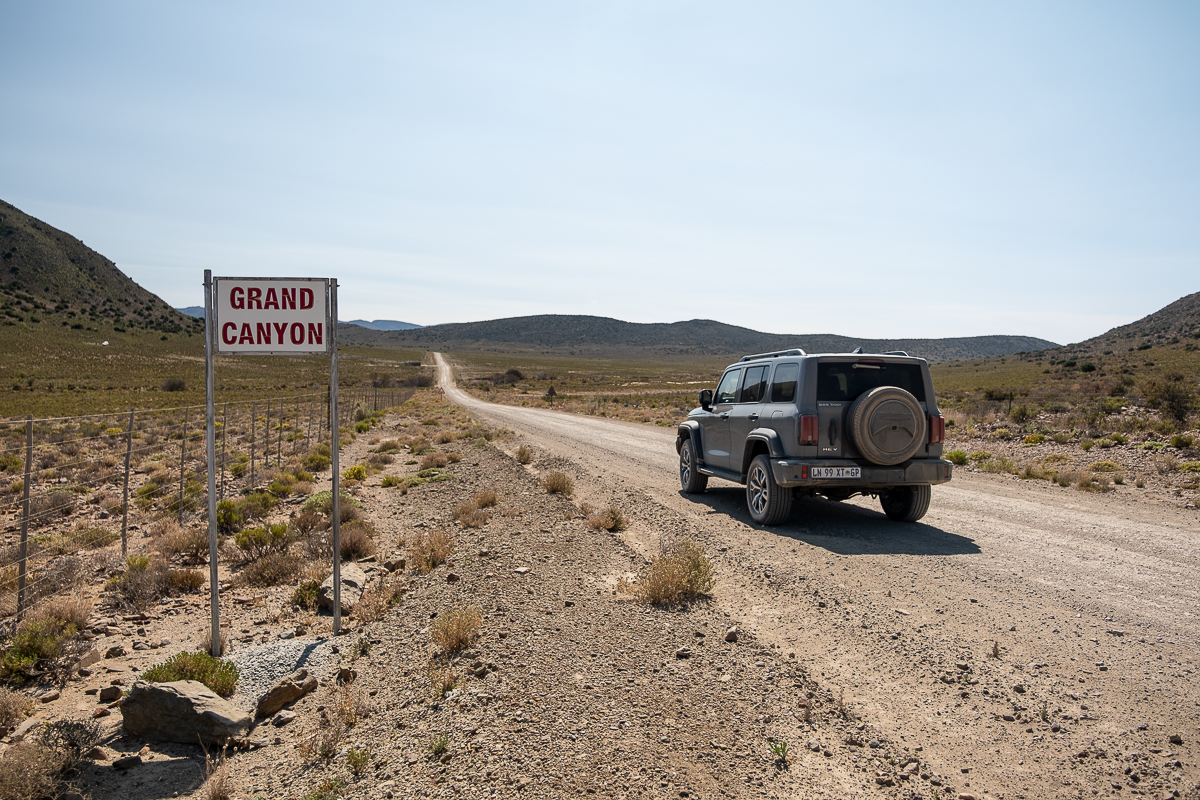
As we approached Touws River, we had to contend with a very long gravel section. By now, I was completely comfortable with the Tank’s ability and we set our course for the Tankwa Padstal. There are some quirky constructions here, including part of a flying saucer. The farm stall was closed, however, so we headed towards Kagga Kamma. This area had a remarkable amount of rain, and we even had to contend with a very slippery and muddy river crossing. Fortunately, the Tank has a mode for just such an occasion. With ‘Mud’ mode engaged, we simply breezed through. From here we started our ascent to the Kagga Kamma resort. The views stretch as far as the eye can see and it was incredibly beautiful up here.
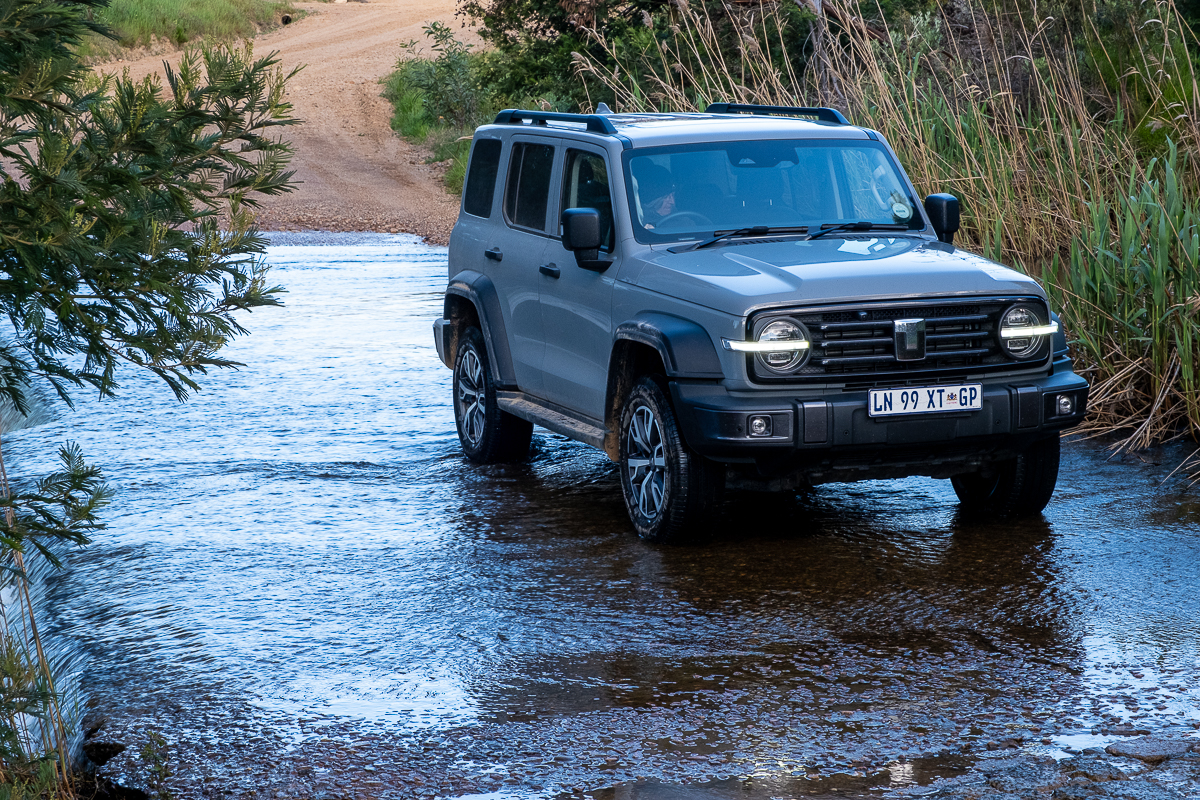
As we passed some rock formations, we knew our overnight stay was not far off. Kagga Kamma is known for its cave rooms, and these rooms did not disappoint. Even though most of the room is constructed from artificial rocks, you will be hard-pressed to tell which is which. The execution is brilliant. The hotel has a pool and some hiking trails, but with an icy wind blowing outside, we opted out of these activities. Dinner was superb and the staff here really go out of their way to make you feel at home. That night, the silence was overwhelming and was only broken by the occasional owl or bird sound. Other than that, the silence was tangible. Kagga Kamma also made you sign a strict noise policy and that really surprised me. Why, oh why, would you come to a place like this with music thumping?
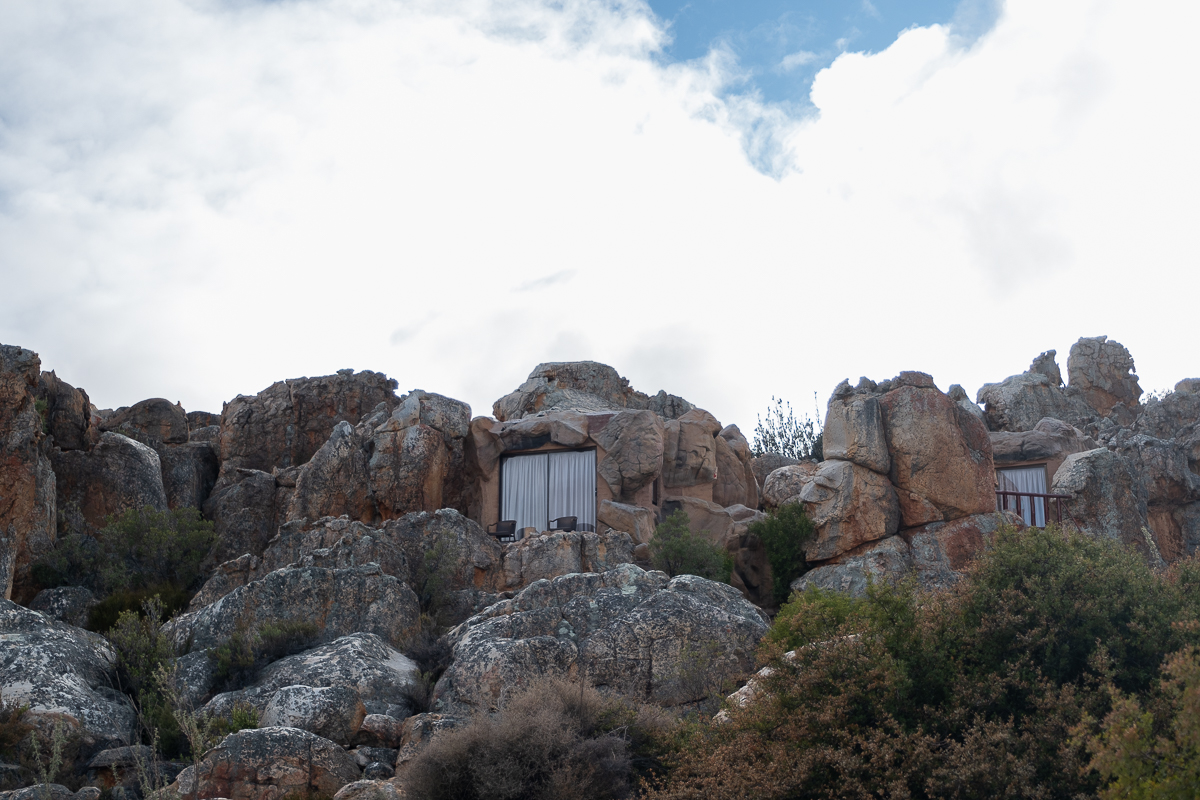
The next morning, we sat outside, listening to the blessed silence and watching the sunrise. As it was bitterly cold, we were wrapped in blankets, sipping coffee. This was one place that I will not forget easily. As we took the winding road back to the gate, I promised myself I would be coming back here when it was warmer. This was a truly remarkable experience.
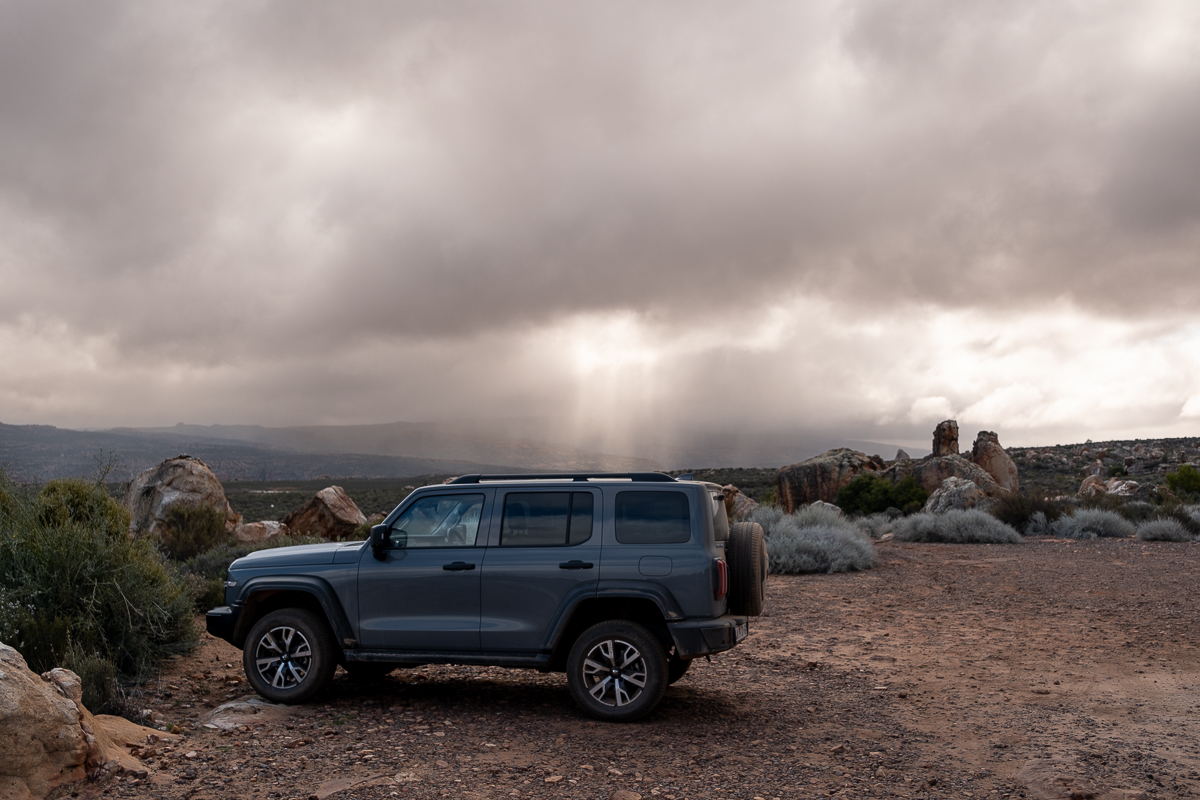
Instead of going back the way we came, we headed towards Ceres. This takes you over the spectacular Katbakkies Pass. This pass was apparently improved in 1999, but you have to love the sign that was at the top. Written in Afrikaans, it simply states that the manager of the project was Callie, and the work was done by Loekie, Kobus and others. No surnames, no fancy company names, just three local blokes that everyone in the valley probably knows.
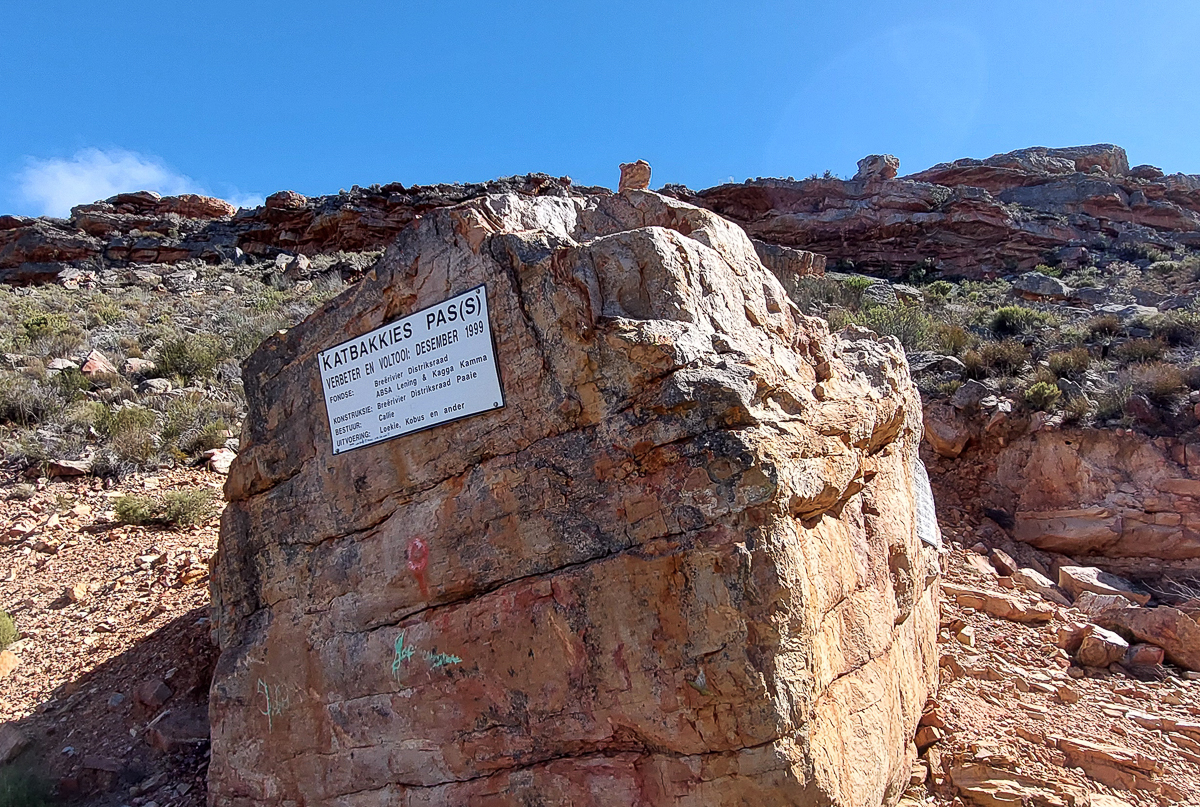
Once we got to the tar road, we were, once again, treated to roadworks. This is something that is not big in any of the other provinces, yet here there were multiple places where maintenance was being done. Our next destination was the Springsteen Cabins in Tulbagh. These are self-catering units with an awesome view of the Tulbagh Valley from your bed. Again, it was the silence that made it worth the while.
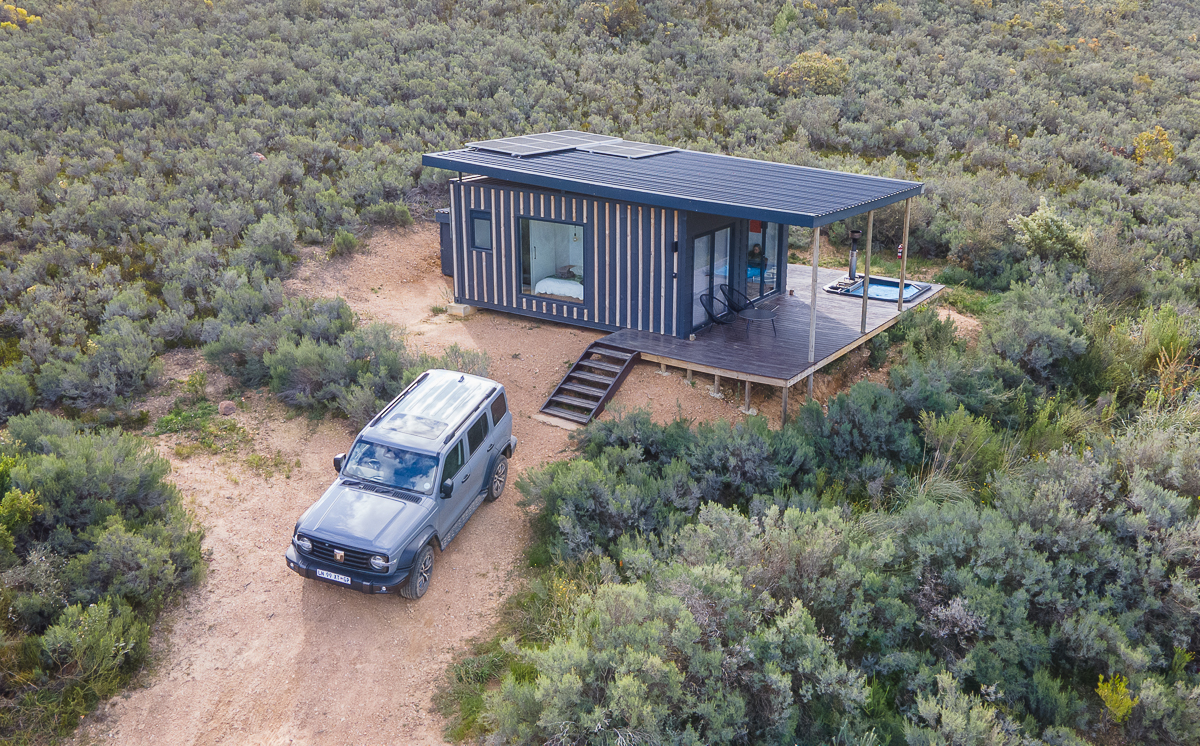
Our journey was coming to an end, but we had one more stop to make in Paternoster. As we headed to St Helena Bay, some more road closures and roadworks hampered our progress, and yet, I was perfectly fine with it. We spent an unforgettable seven days driving around the Western Cape in the GWM Tank 300. The car took us to amazing places and spectacular sights, never doubting my terrible navigation. It is spacious and incredibly well-specified. It has its quirks, but the Chinese cars are coming thick and fast, whether you like it or not. The Hybrid system, linked to that 2.0 L turbocharged engine made overtakes a breeze, but you do pay the price at the pumps. We took it really easy, and still the car returned a fuel consumption of 10.7 l/100 km. That is rather high by today’s standards, but I know the next iteration will be better. As I said in the beginning, I ride motorcycles, but when I do go on a road trip with my wife, I take the car. This car will definitely take me anywhere I want to go and will do it in style!
